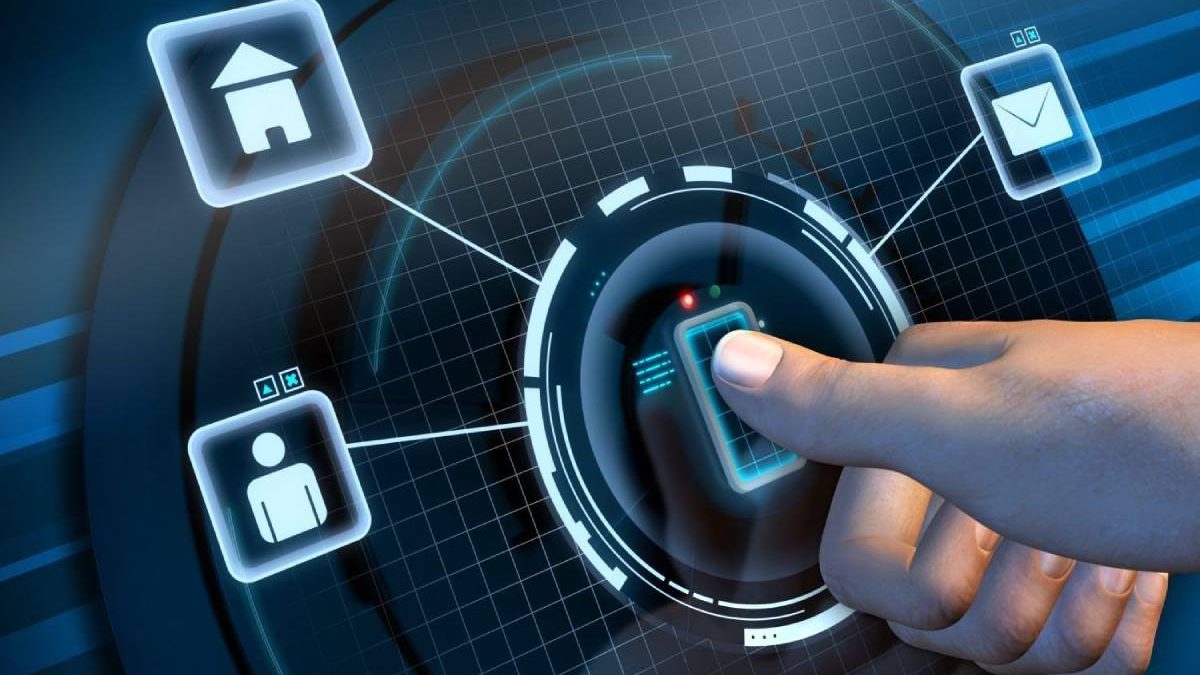Table of Contents
Definition
Factors used in biometric verification include fingerprints, retinal patterns, hand geometry, voice patterns, and signatures.
Fingerprints are one of the oldest types of biometric verification. Thumbprints on clay seals were already used as unique features in ancient China. With the advent of electronic folders and the digitization of analog data, biometric verification has been taken to a new level. New technologies have made identification possible in near real-time.
This is how biometric verification works
The verification process for biometric data is relatively uniform from one biometric identifier to another.
First, a copy of a person’s unique feature – for example, a voiceprint of a person who wants access to a bank account – made and returned to a database. The next time the person wants access to ask the bank a question about the bill, identity verification will be required. A new data set recorded and compared with the stored data set using the voice recognition parameters. If the new voiceprint matches the one stored in the database, the person’s identity is verified.
Cloud-based solutions can used to make biometric information more accessible and transferable. These systems enable authorities and organizations to carry out biometric identification regardless of location.
Although the security of the cloud has improved in recent years, security gaps still exist. The server itself no more vulnerable than servers that companies use within. However, the bout surface in the cloud is more extensive for various reasons. For example, because the providers of cloud services host multiple clients.
It vital where the biometric data stored. If a database containing the identification records were compromised, the biometric system associated with the data would also vulnerable. A biometric verification system relies on the use of biological characteristics that cannot altered or replicated.
The Types of Biometric Confirmation
There are several ways to precisely and securely verify a person’s identity using biometric data. The following are some standard verification systems and the technologies used to provide accurate and reliable user authentication.
Identification by Fingerprint
Fingerprint recognition is one of the most common forms of biometric authentication because it is reliable and convenient for the user and has proven itself. In the meantime, many smartphones also support fingerprint recognition to verify the user’s identity quickly.
The reliability of this technology results, among other things, from the lack of replicability. It would be difficult for the average person to manipulate another person’s fingerprint to access a device or location.
Face Recognition
Face recognition captures facial features and compares them with stored biometric facial data to confirm their identity. It is one of the most common proof methods because a person’s face has many unique points.
Identification via Hand Geometry or Ears
Both the hand and the geometry of the ears used to identify people. For example, the finger length or the distance between different parts of the hand can measured. However, hand geometry can change with age and requires regular database updates. The geometry of the ears, on the other hand, does not change with age.
DNA Matching
A person’s genetic material can compared to existing DNA databases to verify a person’s identity. This method used in criminal investigations for forensic purposes. A suspect’s DNA profile is compared to DNA evidence to confirm their involvement in a crime. It is an exact approach to identity verification but also the most intrusive.
Palm vein detection
The scans of hand veins used to verify the identity of people. A person’s vascular pattern can compared to data previously collected for identification. The vein patterns in people differ even more than fingerprints or the prints of hands.
Signature Comparison
Signatures are one of the least reliable verification methods. Signatures are prone to tampering and replication, but they are helpful as an additional layer of authentication.
Signature analysis can uncover identity fraud cases where the signature attempt does not match existing records. It is, therefore, more of a forensic tool than an immediate form of verification.

